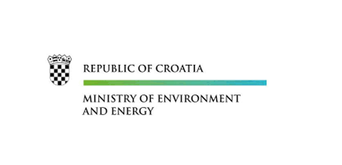Selected project examples
Power Sector Master Plan, Asian Development Bank, Kabul, Afghanistan

The objective of the study is the long-term, reliable, cost-effective and sustainable supply of energy, especially electricity, to the state of Afghanistan. The study looks in particular at renewable energy sources, energy efficiency approaches, load and demand-side management, and import/export options. The strategy that has been developed takes into account different temporal characteristics of demand curves and electricity generation from renewable energy sources, whereby in particular, the seasonal and daily course of electricity generation from hydropower displays structural effects. Transfer restrictions and extension options for the utility grid are taken into account in an integral approach as part of least cost planning. Various characteristics are structured through pre-analyses and mapped over the entire 21 years through high temporal resolution (hourly grid) of all relevant time periods. The scenario analysis looks at the weak points of the current system, possible developments in demand, and possible candidates for the extension of generation and transfer capacities of the utility grids. There is a strong emphasis on extensive sensitivity and risk analyses. Despite extremely uncertain framework conditions and a high degree of uncertainty in the forecast of influencing factors, a robust strategy could be derived. This contains optimum decision times and flexible adaptation in the future in accordance with the future development of influencing factors. Energy models and methods are based on MESSAGE (Model of Energy Supply Strategy Alternatives and their General Environmental impact), a general model for large energy systems that originated from developments at the International Institute for Applied Systems Analysis (IIASA) in Luxembourg.






